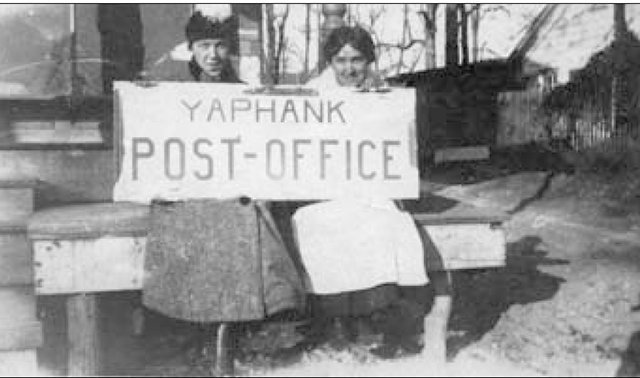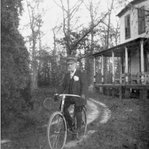Check out these great old pictures in and around Yaphank from back in the day. Did you know that Irvin Berlin's musical Yip Yip Yaphank put this little Long Island town on the map during World War I? Check out the info below.
All photos provided by the Yaphank Historical Society. For more information on Yaphank history check out their website.
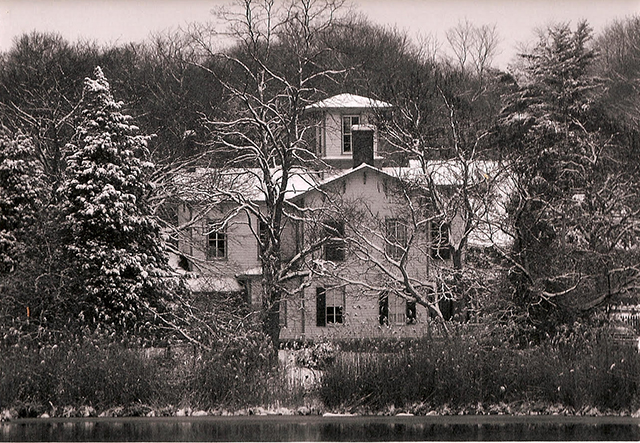
This image of the Hawkins House in the snow is by Annette Pol of Yaphank, seen from Lily Lake on Yaphank Avenue. The house is circa 1850, Italianate style, and the first house that the Yaphank Historical Society restored when it began in 1974, of the society’s 4 restored houses that are a part of its 19th century historic district.
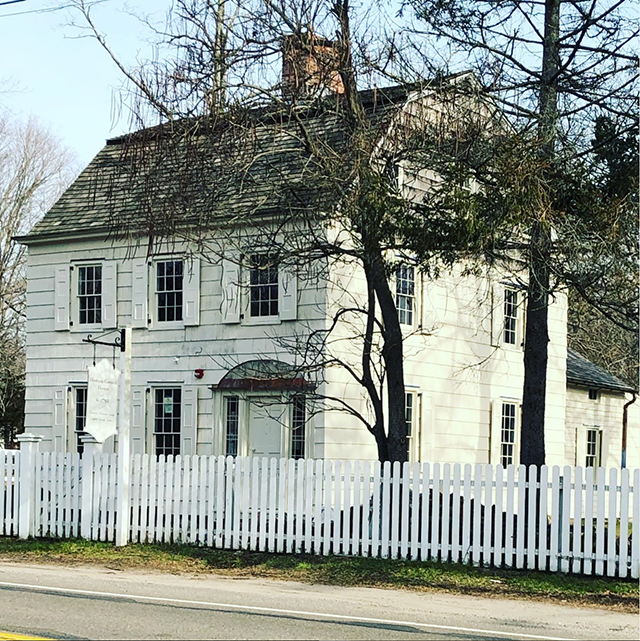
The Homan House, circa 1825, represents the most recent restoration project by YHS. It’s grand opening is October 26, 2019 and it will be open to the public during our Christmas open house tours on Sunday, December 15th and Summer Sundays in July and August 2020. It was the home of the Homan family who owned the Homan Mills throughout the 19th century and is an example of a late Federal/early Greek Revival style of architecture. It was placed on the National Register of Historic Places in 1990.
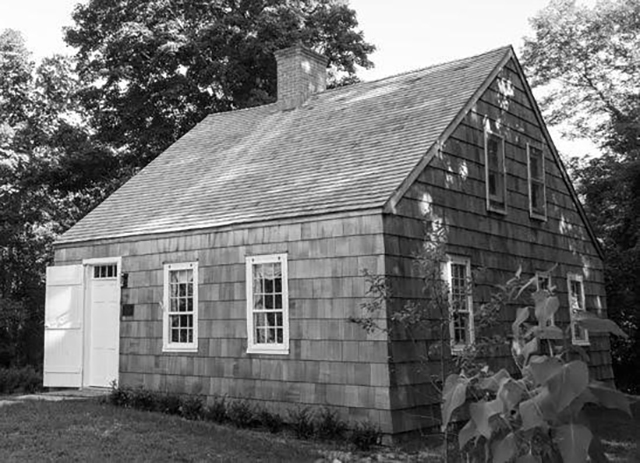
The Mary Louise Booth House Museum, is the birthplace and girlhood home of famed editor/author/historian/ women’s rights activist/abolitionist. Born in 1831 in Yaphank, then Millville, she lived there with her family until 1845 when her father moved them to Brooklyn. She wrote the first History of the City of New York, was the founding editor of Harper’s Bazar, translated 47 books, spoke 7 languages, was instrumental in bringing the Statue of Liberty to America, and was lauded by President Lincoln for her contributions to the Union cause. Yaphank is proud of her life and accomplishments and has restored her home in collaboration with the Suffolk County Parks Division of Historic Services and it will be on the Yaphank Historical Society Christmas tour on December 15th.

Photographed on East Main Street by James Weeks around 1910, “the great oak” stood across from The Lilacs, Clara Weeks’s home, on the carriage road. A landmark on the eastern edge of the village until the 1950s, this oak tree was a popular meeting place for villagers for many years. (Courtesy Kenneth B. Hard.)
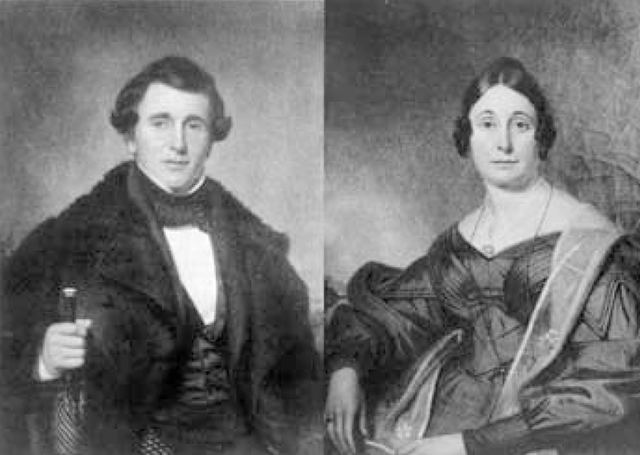
Yaphank’s most important family, the Weeks, settled in Yaphank in 1828. Portraitist William Sydney Mount was commissioned to paint James Huggins Weeks and his wife, Susan Maria, in 1838. He purchased 9,000 acres of land from his brother-in-law William Sidney Smith and went on to make his fortune selling cordwood in New York City. (Courtesy of Robert and Elizabeth Martino.)

William J. Weeks built an octagon house on East Main Street across from his family home, The Lilacs, on land given to him by his father for his wedding. He writes in A Weeks Family Record dated November 23, 1849, “Mary, Susy and I take up our abode in our new house, much pleased, though the house is unfinished. I am designing to finish it myself during the winter ensuing.” He was very hands-on and built small additions to the house as more space was needed. Very innovative for its time, it was a destination for many visitors and the prototype for the octagonal school. Originally skeptical, the villagers were later proud of his forward-thinking designs. After his studies at Yale, he was employed as a surveyor of land, and his signature is on many maps, deeds, and drawings of properties in Suffolk County. (Courtesy Natalie Dickieson.)

On August 2, 1896, the Brooklyn Eagle reported, “A new bicycle club has just been formed, the Yaphank Bicycle Club.’ The object is to build a bicycle path on Yaphank Avenue from South Country Rd to Yaphank, a distance of about 3 miles.” Its officers were W.J. Weeks, the champion septuagenarian cyclist and skater, president; W.J. Ashton, vice president; Miss Floyd, treasurer; and J.H. Lawless, secretary. Weeks was a fitness fanatic, who continued to challenge himself with exercise into his late years. He only drank water and abstained from alcohol and tobacco his whole life. He was also a great walker and would stride long distances for meetings and while visiting neighboring estates, such as Longwood. As an undergraduate at Yale, he walked from New Haven to Boston carrying a 12-pound valise as an exercise in physical discipline. (Courtesy Laura Irwin.)
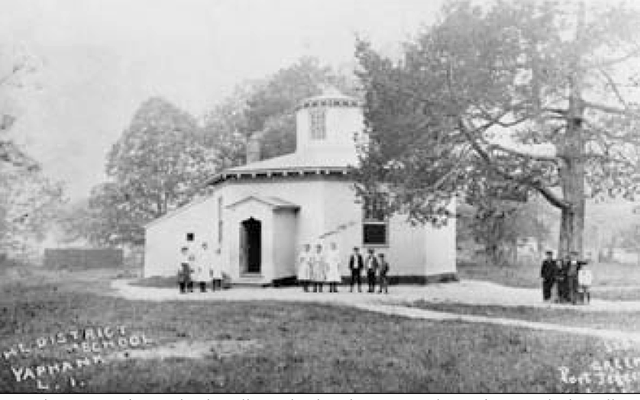
Its students referred to Yaphank’s village school as the “Butter Churn” due to its look. William J. Weeks, school superintendent, designed the distinct, one-room, octagon schoolhouse with a cupola for ventilation. Land was purchased for the schoolhouse in the center of the village in 1854. (Courtesy Edythe Davis.)
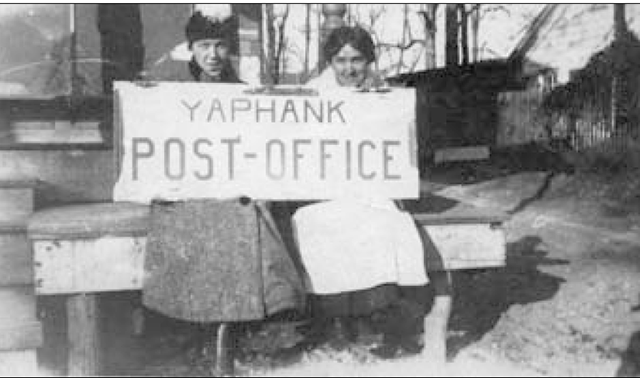
Ellie and Anna Gordon posed for this postcard photograph in front of the Charles E. Howell store. Anna later married Albert Davis, a Yaphank builder, and lived next door to the store for the rest of her life. Nellie married George Prosser and lived at the Prosser Pines homestead, now a Suffolk County park in Middle Island. The two sisters remained close throughout their lives. (Courtesy Edythe Davis.)
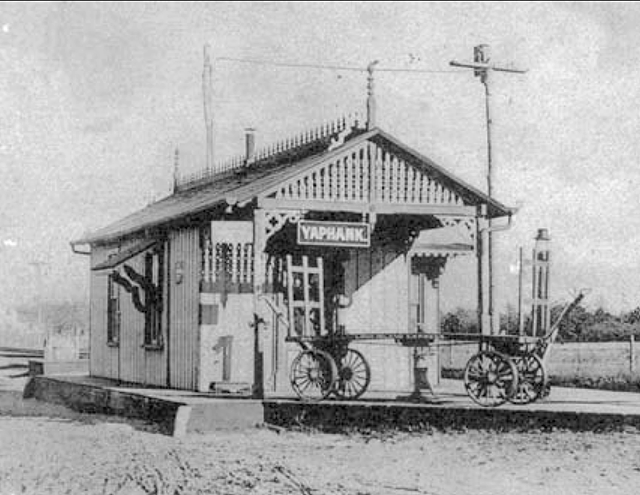
The Yaphank Train Station, pictured c. 1875, was an example of the picturesque Victorian architecture of the day with its Carpenter Gothic details. James Weeks was an early promoter of the plan to build a railroad from Brooklyn to Greenport and used his influence to establish a station in his home village. He later became president of the Long Island Railroad from 1847 to 1850. (Courtesy Edythe Davis.)
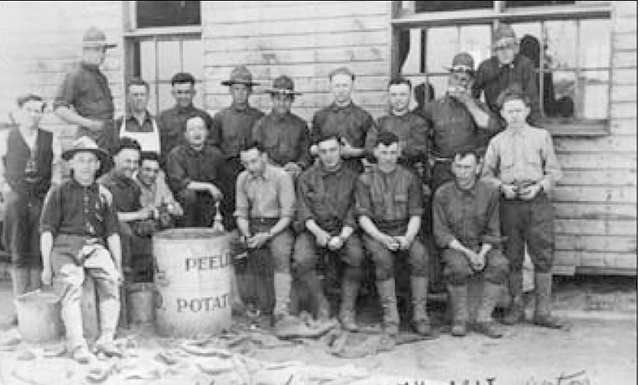
Harold Verity, one of thousands of tristate soldiers who trained at Camp Upton, was pressed into service as a cook (shown in the apron) for the troops in 1918. KP duty, or “kitchen police,” a task meaning food prep, was assigned to these soldiers pictured above. They are peeling potatoes, which became iconic when featured in Irving Berlin’s Yip Yip Yaphank . (Courtesy Lynda Rishkofski.)
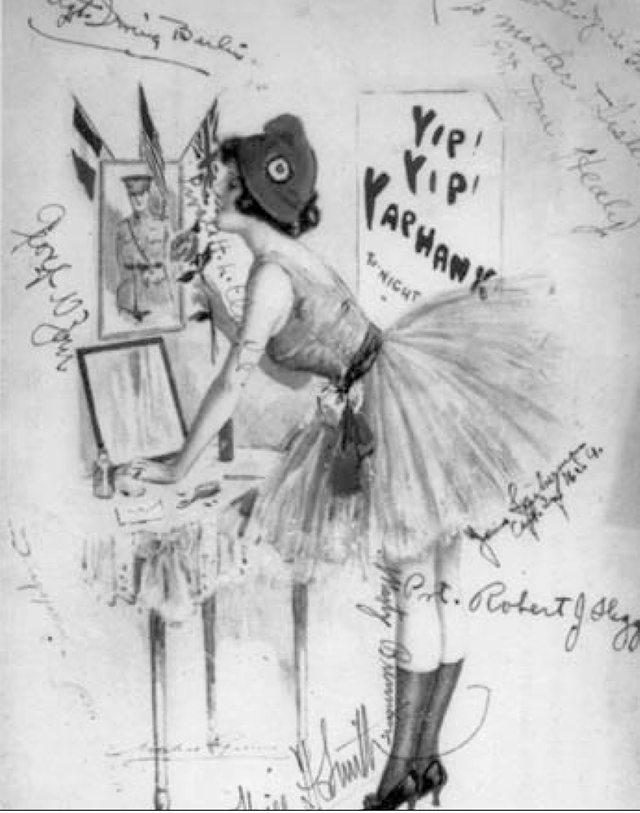
Camp Upton had a major influence on the area, and Irving Berlin played a part in it with his revue Yip Yip Yaphank, which was an effort to contribute to the moral of the troops based there. The show went on to reach thousands across the country and put Yaphank on the map. (Courtesy Camp Upton History Collection.)










